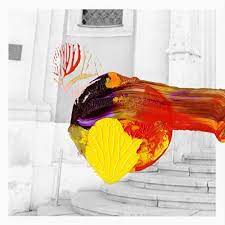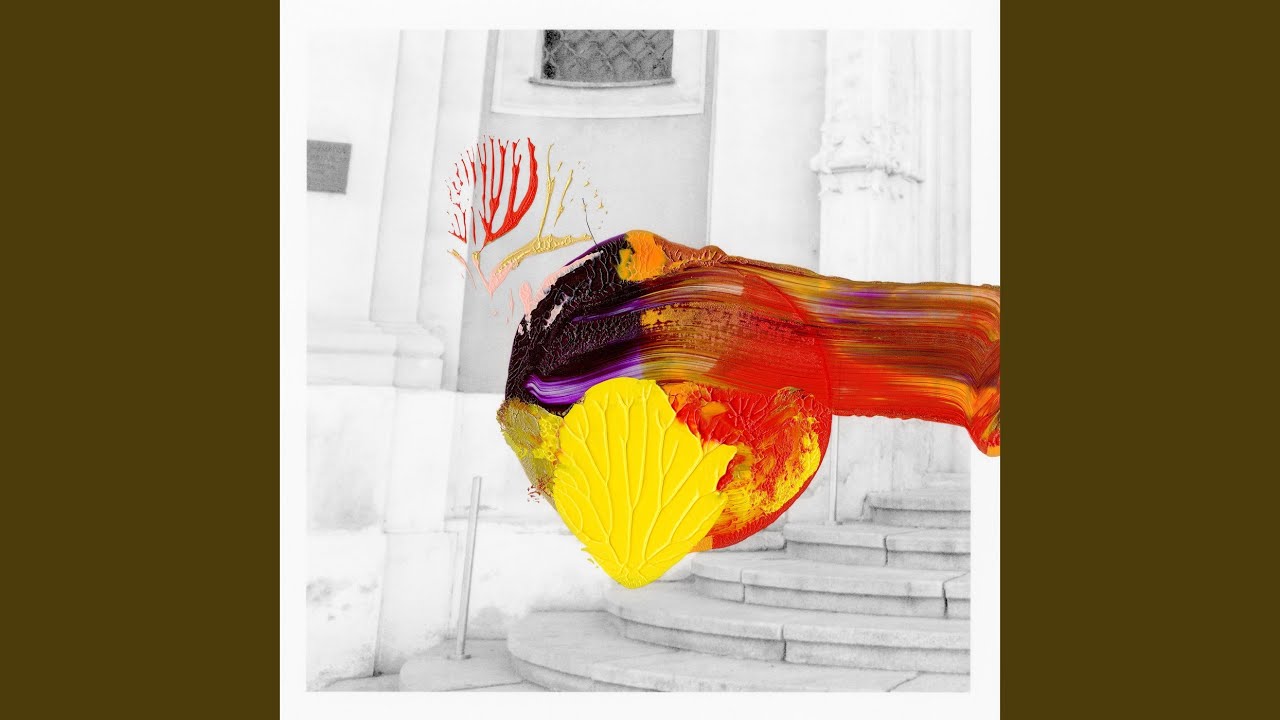On Saint Boy, violinist Daniel Pioro, alongside collaborators Katherine Tinker (organ), Jonathan Morton (violin), Clio Gould (violin), Oliver Wilson (viola) and Clare O’Connell (cello), explore how the past and present of western classical music intertwine. It’s not an unheard-of venture – the work of famed composers like Arvö Part blend early and modern. But Saint Boy is more about searching for the hidden links between pieces and centuries, and in the process, Pioro highlights the meditativeness that draws each era and style together.
Saint Boy features works from the 12th century to today, jumping back and forth between times and instrumentations. And while the gaps between eras and styles are seemingly large, pensiveness seeps into every piece. The Baroque structure of a piece like Giuseppe Tartini’s Violin Sonata, for example, greatly contrasts with the minimalist drones of Laurence Crane’s 2020 Music. But each is coloured by a feeling of interiority, bringing an inner world to life through music.
Though Saint Boy hops from century to century and style to style, it does so with ease. Hildegard von Bingen’s ‘O Ecclesia’ bridges austere violin melodies with suspended organ tones; it doesn’t feel so far away from the placid harmonics of Lilja María Ásmundsdóttir’s ‘A Glimpse of An Open Heart’, which follows. Though these two works are separated by hundreds of years, they offer us similar experiences, both occupying a wide-open expanse. Similarly, Tartini’s three-movement Violin Sonata in G Minor (“Devil’s Trill”) opens the album by placing us squarely in the Baroque era; the piece’s trills, fast-paced riffs and ornamentations mixed with clear, concise structure are decidedly of the time. But Pioro’s interpretation feels fluid, underscoring the freer aspects of the work, and by the time Nick Martin’s Kolysanka emerges, performed by Pioro and Tinker, that sense of thoughtfulness takes full force. It’s an extension of what’s already been said rather than a turn towards a completely new direction.
Nowhere is rumination more palpable than on Pioro’s own work and the title track, which gradually blossoms from a simple scale into a lush collage of warm oscillations. It’s a bright, thoughtful work made sweeter by Pioro’s ardent playing. Within his looping violin tones – a mix of 20th century minimalism and church polyphony – there’s ample space to simply sit and listen, which is emblematic of Saint Boy as a whole. The album gets at the heart of each piece, digging deep to show us that era, genre and style aren’t so distant – within them all, there’s a desire to illuminate the intangible, the feelings that can be born from just a few resonant tones.



